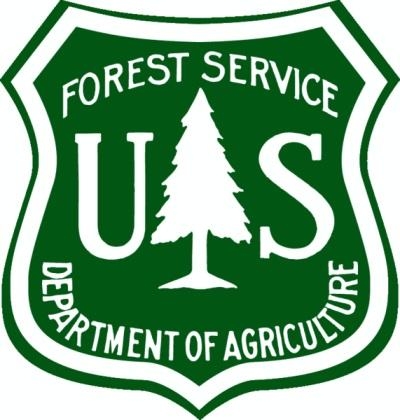Sat, Jun 15, 2024
Wildfires, Beetles Endanger Oldest Growth in the Country, Requiring Attentive Care
The US National Park Service isn't very accepting of drone operations throughout its purview, but once in a while even they see some use in the little tools, particularly where they can be used to assess the health of old growth forests without the hubbub of a crewed aircraft.

Doodle Labs highlighted its work in networking a recent effort to scan, document, and assess the health of 'General Sherman', the world's largest living tree. The Giant Sequoia Lands Coalition and similarly minded groups came together to plan and execute a health inspection for the tree, checking for damage from bark beetles and inclement weather. The Sequoia population has had a rough go of things in recent years, losing about 20% of their mature population to forest fires and an uptick in beetle activity. It's a double-whammy for the trees, since the beetles are evidently capable of doing enough damage to incapacitate even old growth. Perhaps stranger is the fact that these particular beetles are native to California, a change of pace from so many invasive species throughout the USA.

In order to inspect it, the team opted to use Firefly's Astro Prime, a commercial platform equipped with LiDAR and high-res video gear. The Astro Prime made its way up and down all 275 feet of the 2,200-year-old Sequoia, relying upon Doodle Lab's mesh rider radios for a consistent datalink. That proved vital in keeping the system in contact with the base, since the only C2 network on hand is what the team packed in themselves. The mesh network was handy for ensuring consistent signal, given the thick canopy of the woods above and 300-foot altitude needed to assess the entire tree.
Ultimately the inspection was successful, showing that Giant Sherman had only incurred surface-level damage from the beetles. That's great news for conservationists, and a step in the right direction for those who want to see the forestry world lean more heavily into drones while trying to protect their charges.
More News
From 2023 (YouTube Edition): "Ain’t Your Daddy’s Super Cub”—Don Wade Co-owned by Don and Ron Wade—the former of Don’s Dream Machines, a storied >[...]
Pilot-Rated Passenger Reported That The Pilot Did Not Adequately “Round Out” The Landing Flare And The Airplane Bounced And Yawed To The Right Analysis: The pilot state>[...]
Dead Reckoning Dead reckoning, as applied to flying, is the navigation of an airplane solely by means of computations based on airspeed, course, heading, wind direction, and speed,>[...]
Aero Linx: Lake Amphibian Club This website is created and sponsored by the Lake Amphibian Club, to help spread the word about these wonderful, versatile amphibians that can land j>[...]
“I am deeply honored to be sworn in as NASA administrator. NASA’s mission is as imperative and urgent as ever — to push the boundaries of human exploration, ignit>[...]
 Classic Aero-TV: In Praise of Alabamas Patriot Aircraft USA
Classic Aero-TV: In Praise of Alabamas Patriot Aircraft USA NTSB Final Report: Cirrus Design Corp SR22
NTSB Final Report: Cirrus Design Corp SR22 ANN's Daily Aero-Term (12.21.25): Dead Reckoning
ANN's Daily Aero-Term (12.21.25): Dead Reckoning ANN's Daily Aero-Linx (12.21.25)
ANN's Daily Aero-Linx (12.21.25) Aero-News: Quote of the Day (12.21.25)
Aero-News: Quote of the Day (12.21.25)




